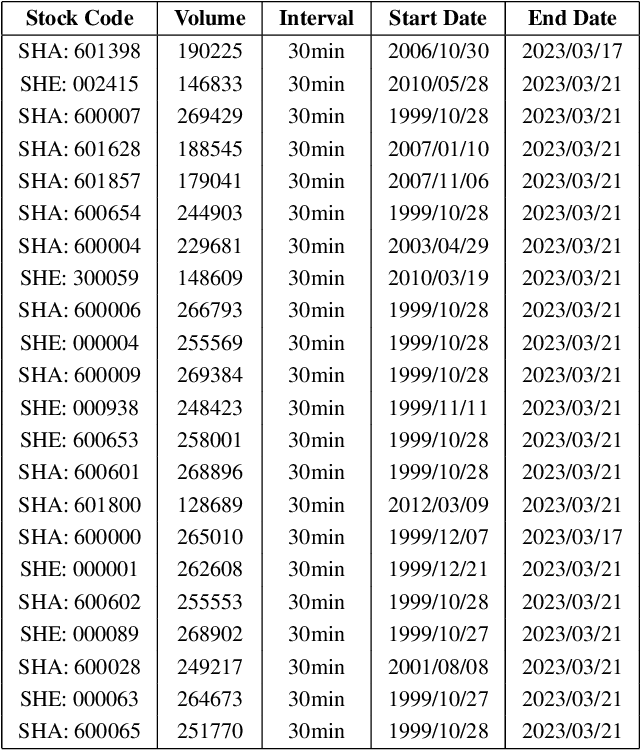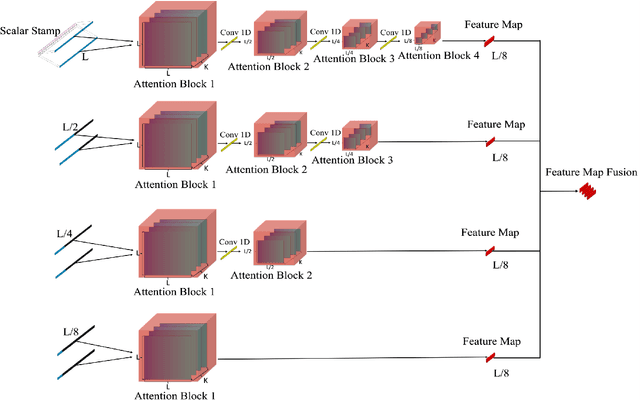Hongyi Duan
Comparative study of microgrid optimal scheduling under multi-optimization algorithm fusion
Oct 03, 2023



Abstract:As global attention on renewable and clean energy grows, the research and implementation of microgrids become paramount. This paper delves into the methodology of exploring the relationship between the operational and environmental costs of microgrids through multi-objective optimization models. By integrating various optimization algorithms like Genetic Algorithm, Simulated Annealing, Ant Colony Optimization, and Particle Swarm Optimization, we propose an integrated approach for microgrid optimization. Simulation results depict that these algorithms provide different dispatch results under economic and environmental dispatch, revealing distinct roles of diesel generators and micro gas turbines in microgrids. Overall, this study offers in-depth insights and practical guidance for microgrid design and operation.
Improvement and Enhancement of YOLOv5 Small Target Recognition Based on Multi-module Optimization
Oct 03, 2023



Abstract:In this paper, the limitations of YOLOv5s model on small target detection task are deeply studied and improved. The performance of the model is successfully enhanced by introducing GhostNet-based convolutional module, RepGFPN-based Neck module optimization, CA and Transformer's attention mechanism, and loss function improvement using NWD. The experimental results validate the positive impact of these improvement strategies on model precision, recall and mAP. In particular, the improved model shows significant superiority in dealing with complex backgrounds and tiny targets in real-world application tests. This study provides an effective optimization strategy for the YOLOv5s model on small target detection, and lays a solid foundation for future related research and applications.
Adaptive Hybrid Model for Enhanced Stock Market Predictions Using Improved VMD and Stacked Informer
Oct 03, 2023



Abstract:This paper introduces an innovative adaptive hybrid model for stock market predictions, leveraging the capabilities of an enhanced Variational Mode Decomposition (VMD), Feature Engineering (FE), and stacked Informer integrated with an adaptive loss function. Through rigorous experimentation, the proposed model, termed Adam+GC+enhanced informer (We name it VMGCformer), demonstrates significant proficiency in addressing the intricate dynamics and volatile nature of stock market data. Experimental results, derived from multiple benchmark datasets, underscore the model's superiority in terms of prediction accuracy, responsiveness, and generalization capabilities over traditional and other hybrid models. The research further highlights potential avenues for optimization and introduces future directions to enhance predictive modeling, especially for small enterprises and feature engineering.
 Add to Chrome
Add to Chrome Add to Firefox
Add to Firefox Add to Edge
Add to Edge